Finding a rust spot on your car might feel like the worst thing in the universe, but it isn’t the end of the world. In many parts of the country, especially colder climates where the roads are salted to protect against ice and snow, rust is simply a part of life no matter how well you take care of your car.
Thankfully, rust spots or holes are easy to repair with a few tools you might already own, some components from your local auto parts store and a little bit of elbow grease.
Figure out What You’re Dealing With
The first step to fixing rust spots on your car is to determine the severity of the rust. Is it just a surface spot or has the rust begun to eat through the metal, forming a hole?
While the techniques for repairing both types of rust spots are similar, the latter does require an extra step. That means it’s important to know just what you’re getting yourself into before you break out the sander.
Judge the Rust Location
What part of your car is rusted? In colder climates where salt is a variable, your rust may be concentrated in the lower parts of the car, around the undercarriage and the bottom of the doors. Rust can appear anywhere on your car, though, and in some locations, it can even be dangerous. Rust around the windshield, for example, can cause safety problems.
Your windshield sits in what is known as a pinch weld, which is a groove that holds the glass. A small amount of rust in that pinch weld could allow the windshield to fly free in the event of an accident. It might not seem like a huge problem, but it can affect the way the car crumples, and even the way the air bags and other safety measures deploy.
Gather Your Supplies and Get to Work
You’re going to need a handful of supplies to repair the rust on your car. Some of these you might already have, including:
- A ball peen hammer
- Safety equipment (gloves, goggles, etc.)
- An electric sander or drill with a sander or wire brush attachment
- Sandpaper
Since a lot of these tools are multipurpose, if you don’t already have them in your garage, it might be worth it to invest in them when you’re starting this project. The other supplies you’re going to need to complete the repair include:
- Body filler kit
- Rust resistant primer — or just regular primer, if you want to do this again in a year’s time
- Paint that matches your car
Once you’ve gathered your supplies, all you need to do is follow these simple steps:
- Remove. Use your sander or wire brush to sand away any visible rust and any flaking paint from around the rusted area.
- Prime. Spray the newly sanded area with your primer and let it dry according to the directions.
- Fill. Follow the instructions on your filler kit and fill in any holes in the metal. You will usually find a piece of metal mesh or fiberglass that can be used to support the filler while it dries.
- Sand. Once it’s dry, sand your filler until it’s smooth and level with the part of the car being repaired.
- Paint. Prime and paint the area until it matches the rest of your car.
That’s all there is to it. You’re done, and the rust on your car has been repaired. It’s a lot easier than body shops would have you believe.
If you have a large hole or something you don’t feel comfortable repairing — like the windshield pinch weld — a body shop might be your best option. For small rust spots and holes, though, it’s easy to do yourself!
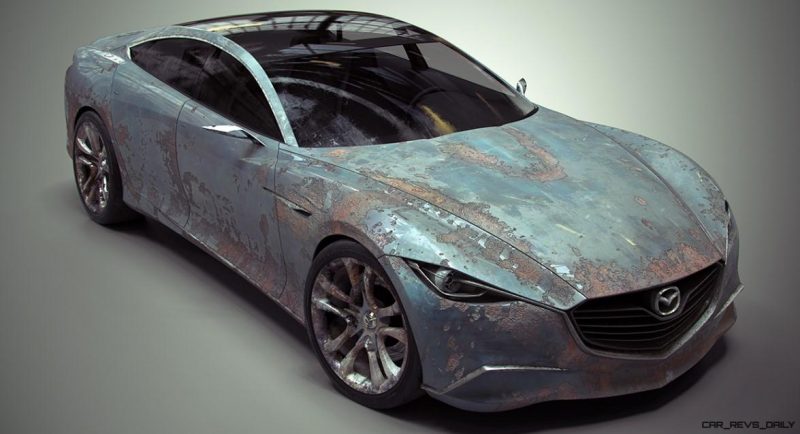
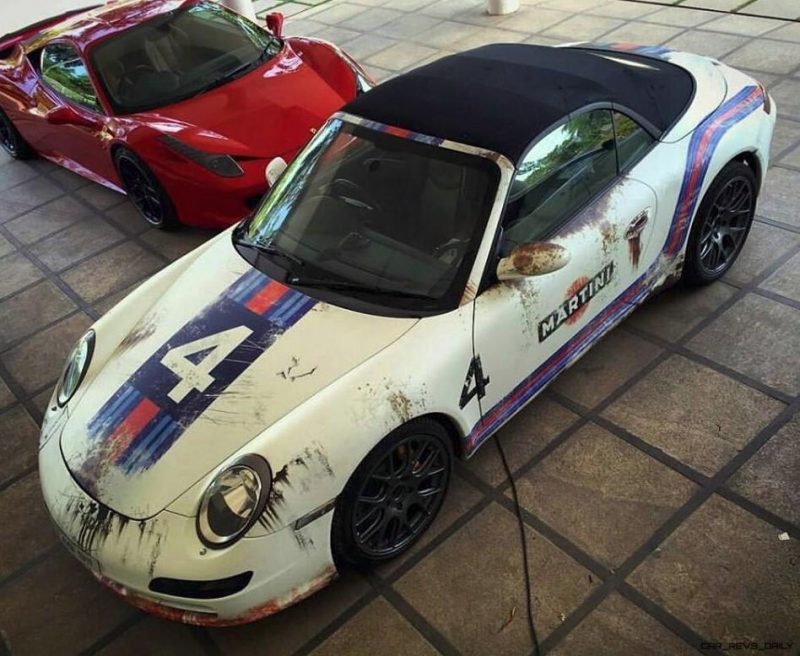
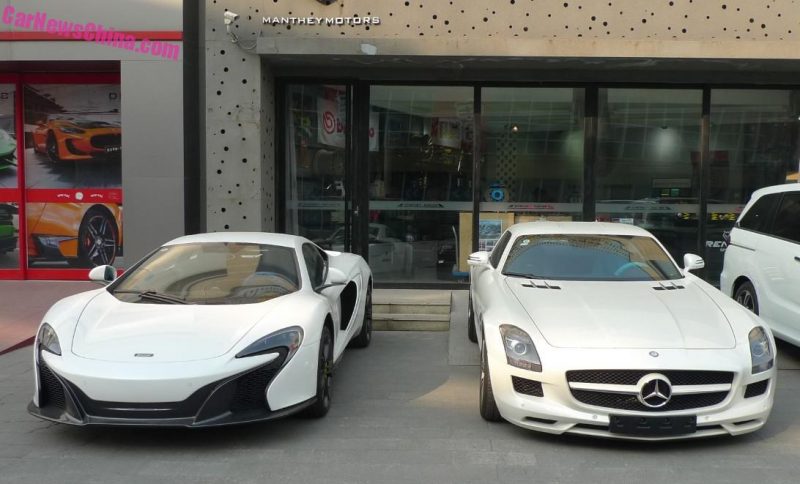
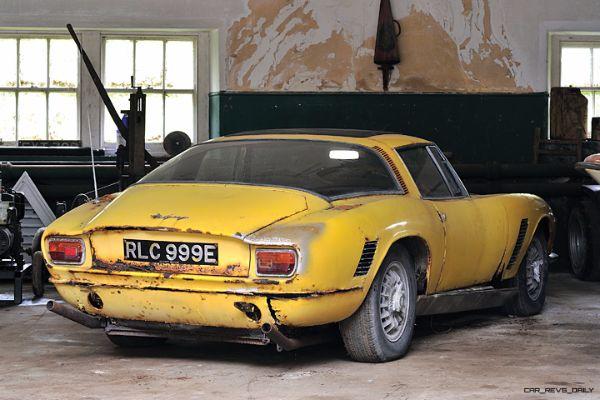
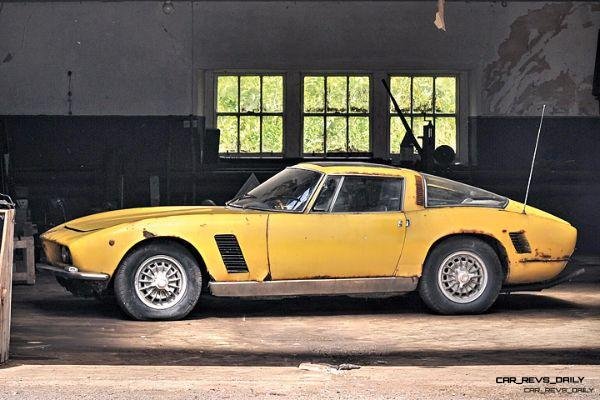

Scott Huntington is a writer and car fanatic from Harrisburg, PA.

